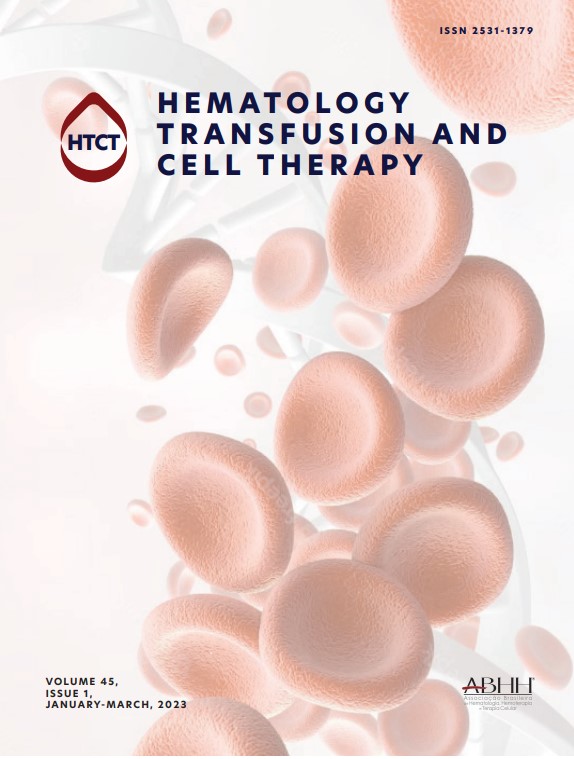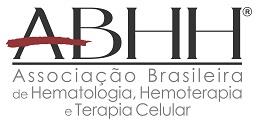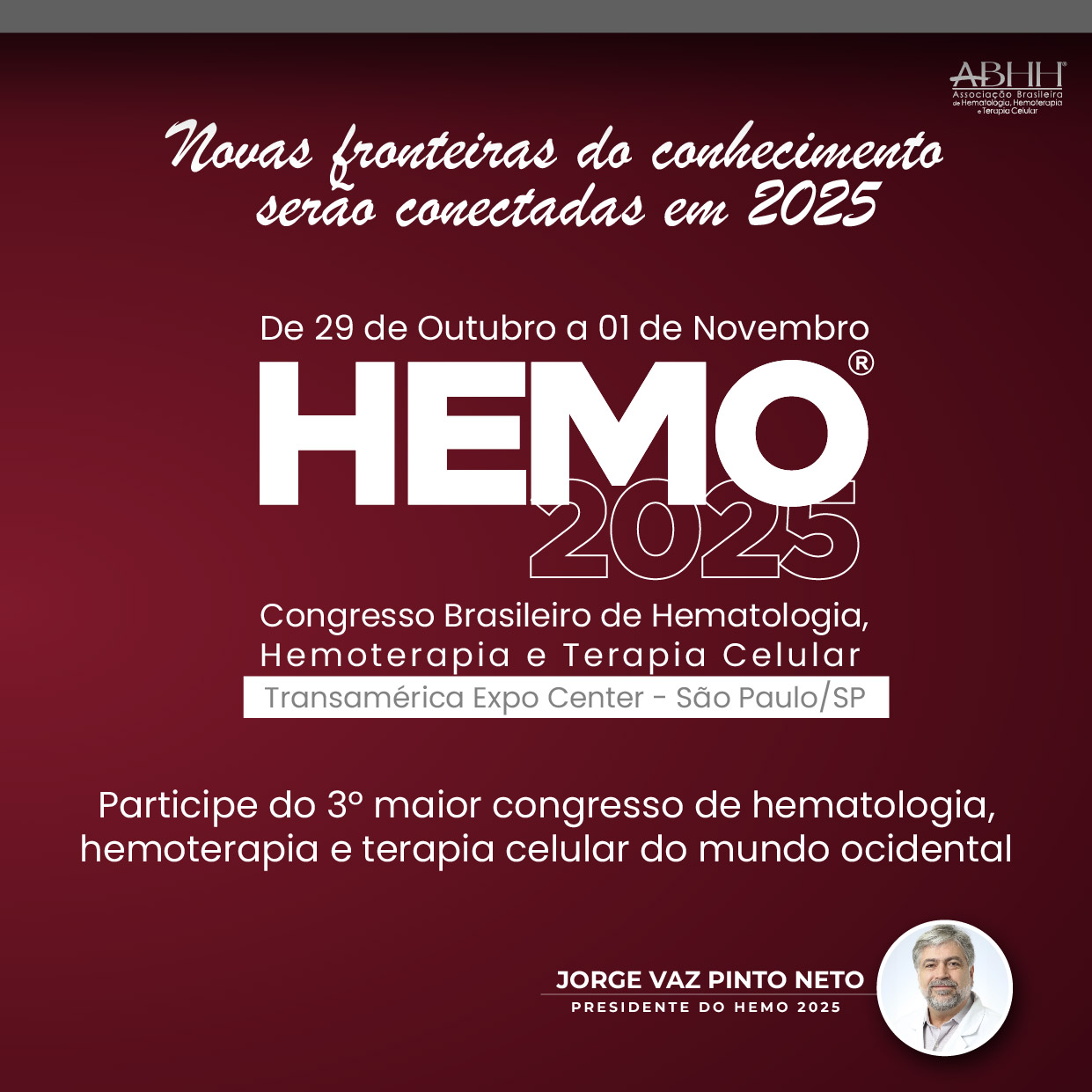The natural history of myeloproliferative neoplasms (MPNs), both Philadelphia-chromosome positive – [chronic myeloid leukemia(CML)] and negative – [essential thrombocythemia (ET), polycythemia vera (PV), and primary myelofibrosis (PMF)] has been well documented but the mechanism underlying the apparently inexorable progression from an initial, rather indolent or chronic phase (CP) to advance phase, a term including accelerated phase (AP) and blast crisis (BC) remains obscure. Most patients with MPNs present in the indolent phase, during which myeloid progenitor numbers are greatly increased in the bone marrow and blood. This phase may continue for as little as one year or as long as 20 years or more, but eventually it transforms into acute leukaemia (BC), in which an increasing proportion of blast cells are found in the marrow and peripheral blood. The risk associated with the development of advanced-phase disease differs depending on the MPN subtype and is influenced by a number of factors such as duration of disease, clinical factors, the presence of unique molecular genetic features, and in some cases, the therapeutic interventions. ET probably carries the lowest rate of transformation to acute myeloid leukaemia (AML), whereas MF may carry a relatively high risk; lymphoid transformation has been reported in rare cases. The risk of transformation in CML to BC in the ABL1-tyrosine kinase inhibitors (TKI) era appears to be quite low, <2% per annum. Transformed disease in general tends to be difficult to be managed and is associated with a poor prognosis. The best treatment strategy, therefore, remains the prevention of transformation. Allogeneic stem cell transplantation is currently the only treatment that has been observed to confer long-term benefit to a small minority of patients who qualify for it. In this presentation, I will address the evolving genetic landscape, translational research efforts and investigational therapies for transformed MPNs.
O fator de impacto mede o número médio de citações recebidas em um ano por trabalhos publicados na revista durante os dois anos anteriores.
© Clarivate Analytics, Journal Citation Reports 2025
O CiteScore mede as citações médias recebidas por documento publicado. Mais informação
Ver maisSJR é uma métrica de prestígio baseada na idéia de que todas as citações não são iguais. SJR utiliza um algoritmo similar ao page rank do Google; é uma medida quantitativa e qualitativa ao impacto de uma publicação.
Ver maisSNIP permite comparar o impacto de revistas de diferentes campos temáticos, corrigindo as diferenças na probabilidade de ser citado que existe entre revistas de distintas matérias.
Ver mais





